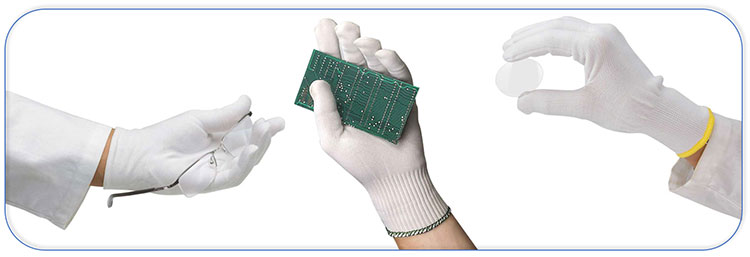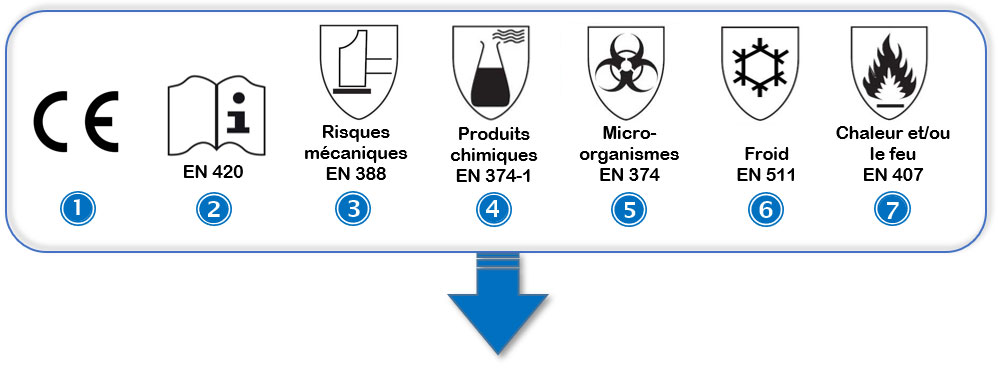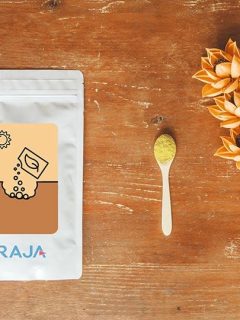We use our hands all the time.As a result,injuries are common there,including at work.However,your hands can easily be protected with the right gloves.Working with sharp objects or coming into direct contact with chemicals shouldn’t scare you anymore,and rightly so:our selection guide is here to make sure you do.First choose the right size of glove with our size guide,then we’ll guide you through the vast range
of
protective gloves to select the perfect pair for you.
► Step 1: How do you choose the right size of gloves?
The size of a glove is always expressed in inches, so if you’re between sizes, it’s best to choose the smaller of the 2. Protective gloves need to be a little tighter and will stretch on their own over time, so to determine the correct size, simply follow the guide below. Download the document and print it out in A4 format, this way you can be sure of the correct dimensions
► Step 2: Should I choose powdered gloves or not?
En plus de la taille, il est presqu’aussi important de savoir si les gants sont poudrés ou non. Ceci s’applique en particulier aux gants en latex, en vinyle ou en trilite (vous les découvrez plus en détail ci-dessous). Cette poudre est en fait de l’amidon de maïs qui permet d’enfiler et d’enlever facilement le gant. L’humidité et la sueur sont également plus facilement absorbées grâce à cette poudre, ce qui vous permet de porter le gant plus longtemps. Les gants poudrés ne sont, par contre, pas toujours recommandés. Dans l’industrie alimentaire ou les laboratoires chimiques, il est préférable d’éviter que l’amidon de maïs ne se mélange avec vos produits.
►step 3: How do I choose the right protective gloves?
Now that you have chosen your size, you need to decide which gloves are best suited to your work. The international standards and symbols below will help you in your search
1. CE certification
[CE is the abbreviation for Conformité Européenne. It is a certification awarded to products that comply with European regulations. These regulations apply to electrical appliances, toys and personal protective equipment, among others.
2. European standard for protective gloves ⇒ EN 420
This European standard defines some basic requirements for safety gloves. This rule states that- gloves may not contain substances that may cause allergies.
- gloves must be designed according to European hand sizes.
- the pH should be as neutral as possible
3. Do you work with machines? ⇒ EN 388
[This symbol indicates that the gloves offer protection against mechanical risks: cuts, tears, abrasion and even punctures. 4 performance levels are distinguished within this standard, expressed from 0 (low protection) to 4 or 5 (highest protection). If instead of a number you see only an X, this performance does not apply to the gloves.
Here are some special variants: gloves for handling greasy parts and anti-slip gloves

su_spacer]
4. Do you work with chemicals? ⇒ EN 374-1
[The label indicating “specific chemical protection” is always accompanied by a letter. This letter indicates the chemical substance against which the glove offers optimal protection.
All chemical-resistant RAJA gloves have a textile or cotton inner finish. This increases their resistance, durability and comfort of use. For the outer finish, you can choose between a smooth finish so that dirt cannot adhere to the glove or a bonded finish to enjoy a non-slip grip. The choice is yours!

5. Do you work with micro-organisms? ⇒ EN 374
Micro-organisms can refer to bacteria, fungi and even viruses. For gloves that protect against these types of risks, you can choose from the following materials: latex, vinyl or trilite.
Latex 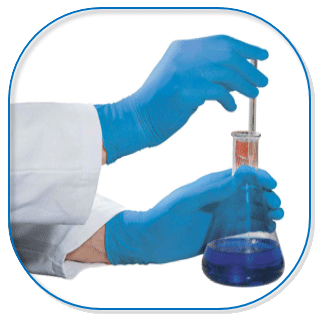 |
– Good biohazard protection, ideal for laboratories and hospitals (as well as the mechanical industry) – Very comfortable Highly elastic. |
Vinyl  |
– Ideal for the cleaning, hotel and packaging industry – Resistant to acids, chemicals, oils and fats – Less expensivemore resistant than latex or nitrile. |
Trilite 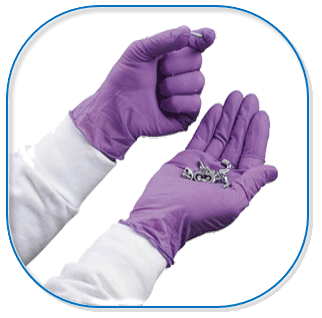 |
mixture of latex, nitrile and neoprene robust. |
6. Do you work in a cold environment? ⇒ EN 511
You may also have to work in a cold environment for a long period of time. In this case, it is best to wear safety gloves with the symbol below. Below this symbol you will often find 3 numbers. These indicate the 3 performance levels at which the gloves have been tested. If instead of a number you find an X, this means that this performance is not applicable for the gloves in question. Take a look at our cold resistant work gloves here

su_spacer]
7. Do you work in a hot environment ⇒ EN 407
This symbol indicates that your gloves protect your hands from heat. Underneath this symbol again are numbers that indicate the degree of protection of the gloves according to performance levels. Take a look at our heat resistant polyamide or latex gloves here

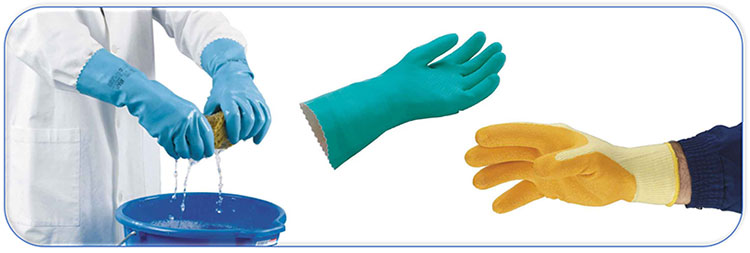
►step 4: How do I choose the right gloves?
Having gone through the industrial and chemical type gloves, we are left with the clean gloves. For handling delicate products or working in a precise manner, you can choose from the following gloves:
| Cotton | For optimum comfort precise handling and comfort. |
| Polyamide | Better resistancetear and abrasion resistant. Mechanical strength and comfort of foam knit. |
| 50 %polyamide + 50% polyester | High comfort for handling fine and delicate products. lint-free. |
